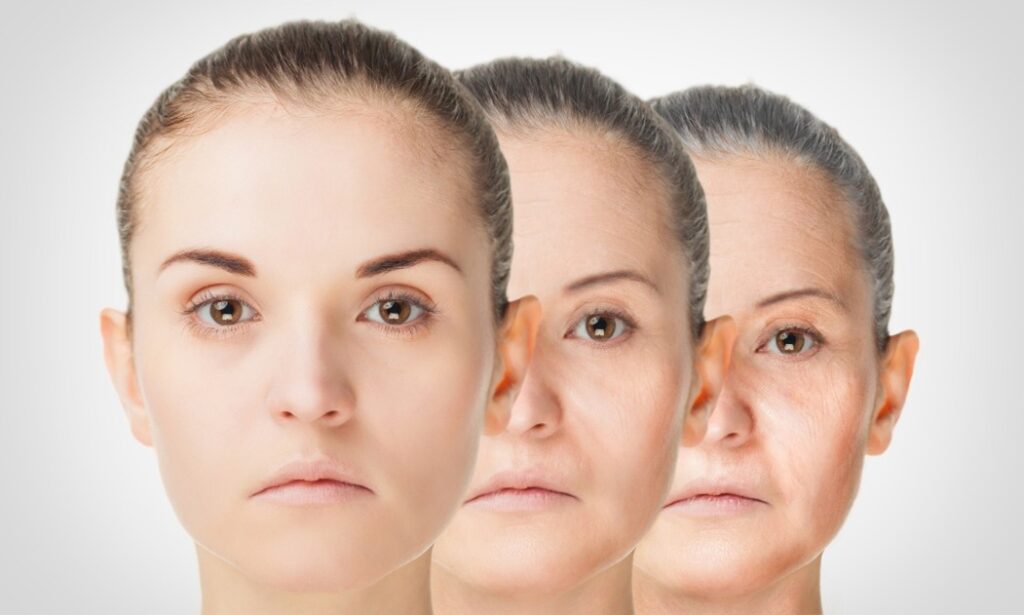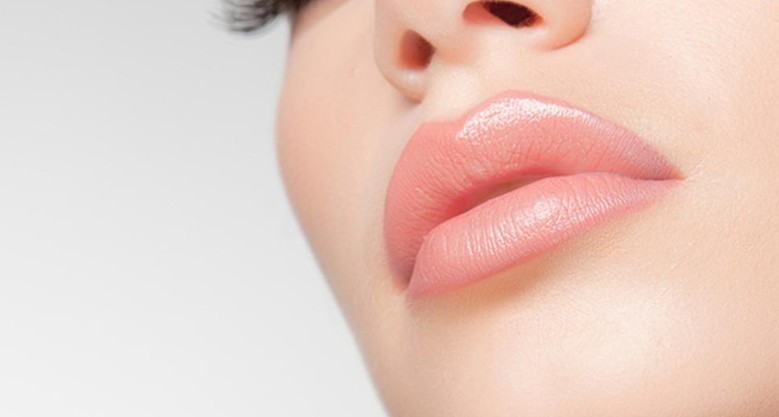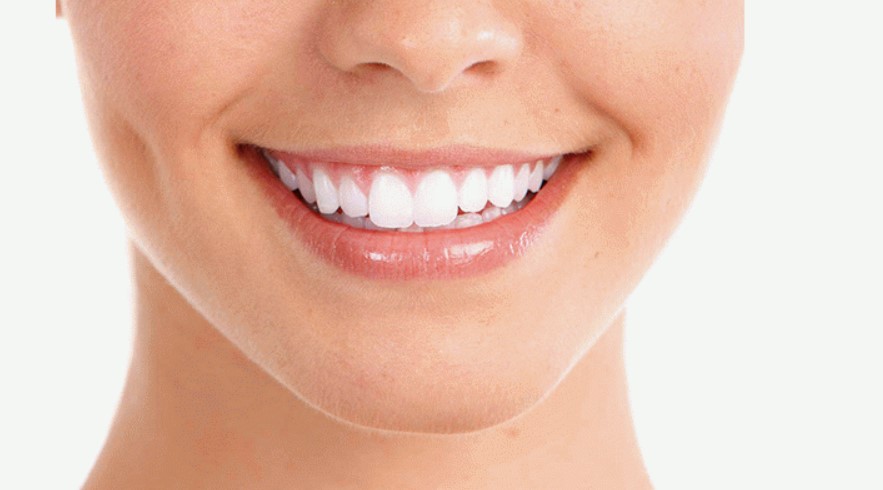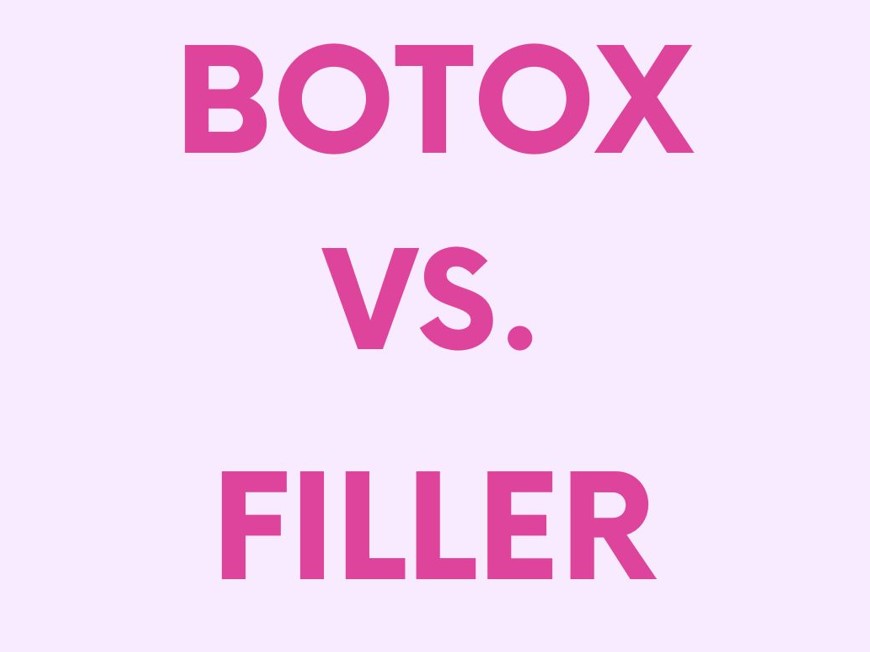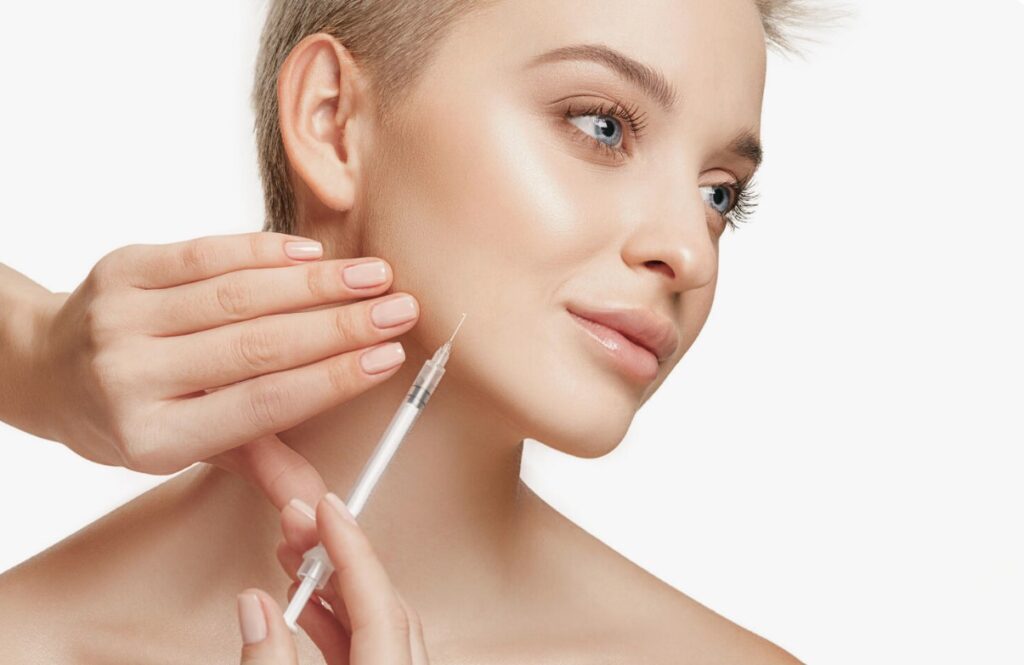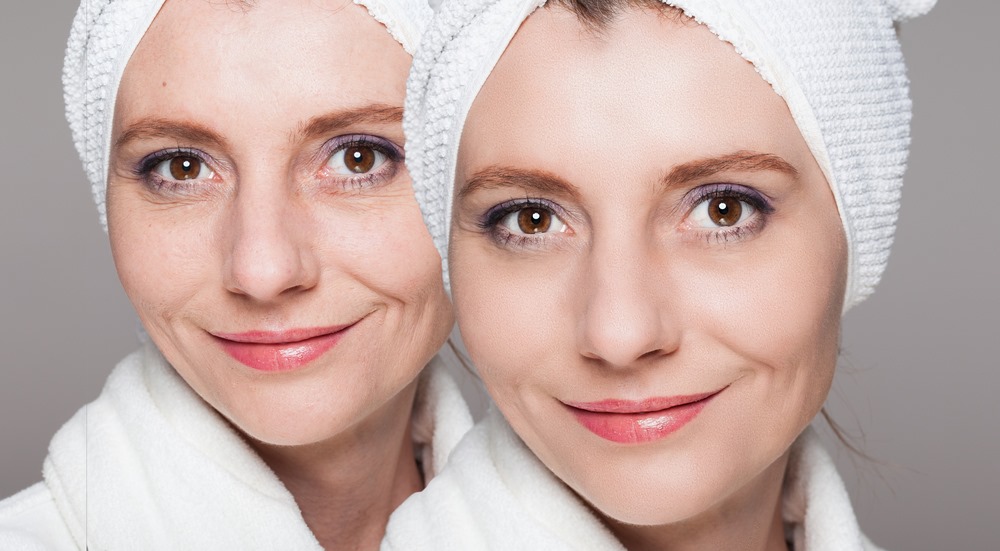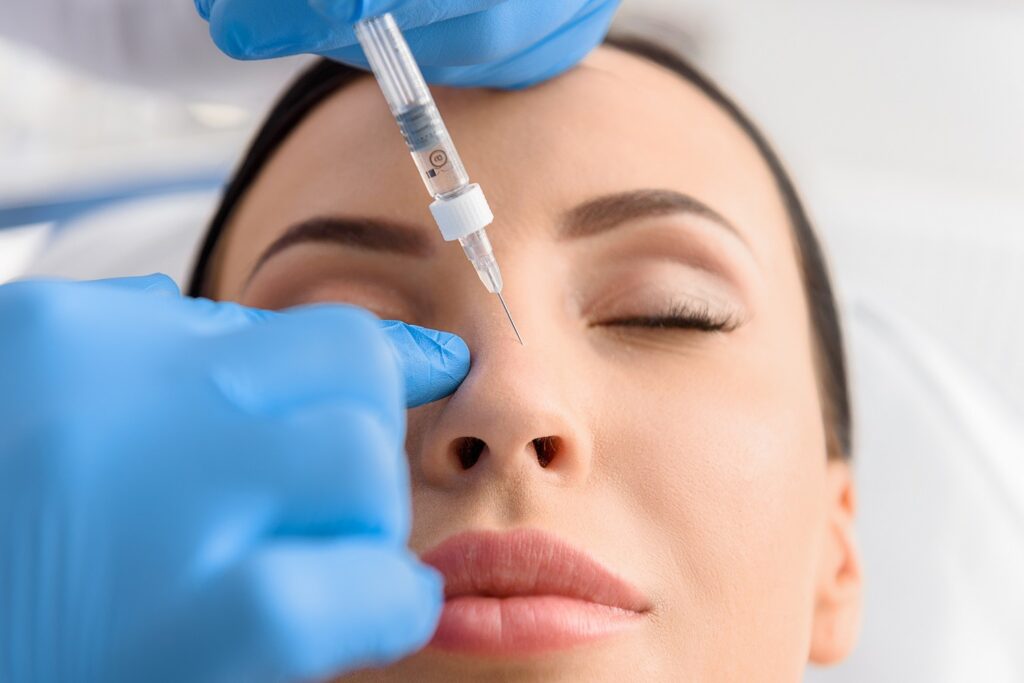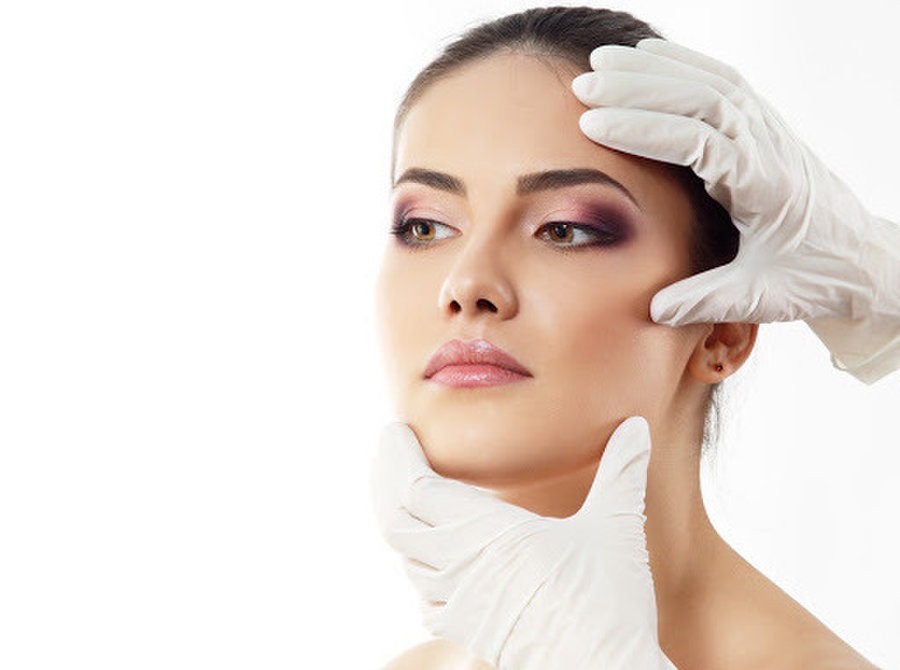FREE SHIPPING OVER $600 MINIMUM ORDER $400
Botox for Chronic Migraine Treatment
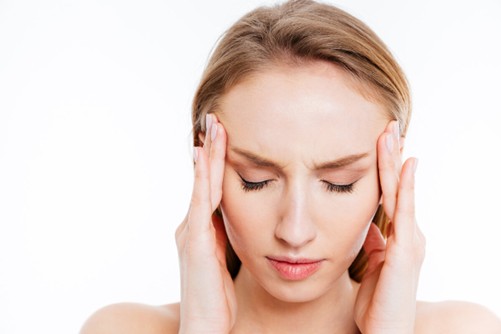
Migraines are more than just headaches—they’re debilitating neurological events that can disrupt every aspect of life. For individuals suffering from chronic migraines, the condition often means living with pain for half the month or more. While there are various treatment options available, one solution has gained increasing attention for its effectiveness: Botox.
Though most people associate Botox with smoothing out wrinkles, it also serves a powerful medical purpose. In 2010, the FDA approved Botox for the preventive treatment of chronic migraines, offering new hope for those whose lives are affected by constant headache pain. But how exactly does Botox help with migraines? Who is it for? And what results can you expect?
This article will cover everything you need to know, from the mechanism of action to treatment experience, so you can determine whether Botox might be the right solution for your chronic migraines.
Chronic Migraine
A migraine is not your average headache. It typically involves throbbing or pulsing pain, often on one side of the head, and may come with nausea, vomiting, and sensitivity to light and sound. People with chronic migraines typically experience headaches on 15 or more days per month, with at least 8 of those days showing common migraine symptoms such as throbbing pain, sensitivity to light, or nausea. Living with chronic migraine can be exhausting. It impacts every area of life, including your job, relationships, and social activities. Many sufferers experience anxiety and depression due to the unpredictability and intensity of their symptoms. Unfortunately, standard migraine treatments like pain relievers or triptans don’t always work, especially when migraines occur frequently. That’s where Botox enters the picture as a game-changer.
Botox for Chronic Migraine
Most people typically associate the term “Botox” with aesthetic procedures or wrinkle reduction. However, Botox is a neuromodulator derived from botulinum toxin type A, and it has been used for years in treating various medical conditions, including muscle spasms and eye disorders.
In 2010, the U.S. FDA approved Botox as a preventive treatment for chronic migraine, making it the first and only preventive therapy specifically designed for this condition.
Here’s why Botox is an increasingly popular choice for migraine sufferers:
- Helps lower how often and how intense migraine episodes occur
- Works as a preventive solution, not just for acute relief
- Ideal for individuals who haven’t seen results with other medications
- Involves little to no recovery time and carries a low chance of side effects
- Administered every 12 weeks, so no need for daily pills
Botox provides a sustainable, long-term approach instead of a short-term solution.
How Botox Works to Prevent Migraines
Botox works in two key ways to relieve chronic migraines:
- It blocks pain-related neurotransmitters.
When injected, Botox inhibits the release of neurotransmitters such as Substance P and calcitonin gene-related peptide (CGRP). These substances are responsible for transmitting pain messages from the brain. By blocking them, Botox prevents the transmission of pain, reducing migraine frequency and intensity.
- It relaxes overactive muscles.
Migraine sufferers often have tight or overactive muscles in the head, neck, and shoulders, which can contribute to migraine onset. Botox relaxes these muscles, relieving tension and lowering the chances of a migraine being triggered.
This dual-action mechanism means Botox doesn’t just mask symptoms—it interrupts the migraine process at the source.
What to Expect During Botox Treatment for Migraine
Botox treatment for migraines is quite different from cosmetic injections. The procedure typically involves:
- 31 injections using a very fine needle
- Injected across 7 key muscle areas, including the forehead, temples, back of the head, upper neck, and shoulders
- The process takes around 15–30 minutes
- The procedure causes very little discomfort—many patients say it feels like a mild pinch.
- Anesthesia isn’t necessary, but a numbing cream can be applied if desired.
The treatment is usually performed by a neurologist, pain management doctor, or trained medical provider. Most individuals are able to resume their regular daily activities immediately following the treatment session.
When Will You See Results?
Botox does not provide instant migraine relief. Most patients begin noticing a reduction in migraine frequency and severity within 7 to 14 days. However, the full effect may take two to three treatment cycles (administered every 12 weeks).
Clinical studies show that Botox can reduce the number of headache days by 8–9 days per month after two treatments. Many patients report even greater improvements with continued use.
Remember, Botox is a preventive treatment, not a rescue medication. It works best when taken regularly under medical supervision.
How Long Do the Effects Last?
Botox effects for chronic migraine typically last 12 weeks, after which the treatment must be repeated. Consistency is key—skipping sessions can reduce its effectiveness over time.
The long-lasting nature of Botox is one of its biggest advantages. Unlike daily oral medications, this option allows patients to maintain control of their symptoms with just four treatments per year.
Is Botox Safe for Migraine Treatment?
Botox has a strong safety record when used for medical purposes. In clinical trials, side effects were usually mild and temporary. The most common include:
- Neck pain or stiffness
- Mild headache after injections
- Temporary muscle weakness
- Eyelid drooping (rare and temporary)
Serious side effects are extremely rare when Botox is administered by a licensed, experienced provider.
Botox has been used in millions of migraine cases worldwide and is considered a safe, low-risk treatment for most individuals.
Who Is a Good Candidate for Botox Migraine Therapy?
Botox is not suitable for every type of headache. It is specifically approved for chronic migraine, meaning:
- 15 or more headache days per month
- At least 8 of those days with migraine features (e.g., throbbing pain, nausea, light/sound sensitivity)
Good candidates also include:
- Adults (typically aged 18 or older)
- Individuals unresponsive to oral medications
- People who want a preventive, non-daily option
- Those without neuromuscular disorders or allergies to botulinum toxin
Botox is not recommended for:
- Individuals who experience migraines on fewer than 15 days each month
- Pregnant or breastfeeding individuals
- People who have previously had an allergic reaction to botulinum toxin products (such as Botox)
Conclusion
Botox is more than a cosmetic powerhouse; it’s a medically backed solution for one of the most life-disrupting conditions: chronic migraine. By inhibiting the release of pain-related neurotransmitters like Substance P and CGRP, and relaxing overactive muscles, Botox tackles migraines at their root.
If you’re one of the millions living with chronic migraine and tired of daily medications or constant pain, Botox may offer the long-term relief you need. Safe, effective, and FDA-approved, it’s worth discussing with your neurologist or migraine specialist.


